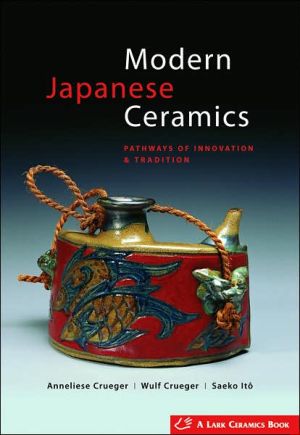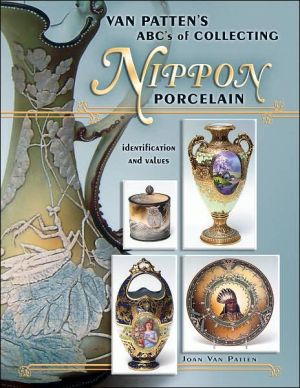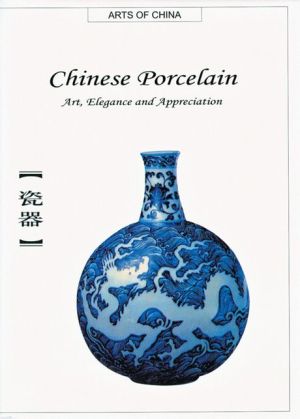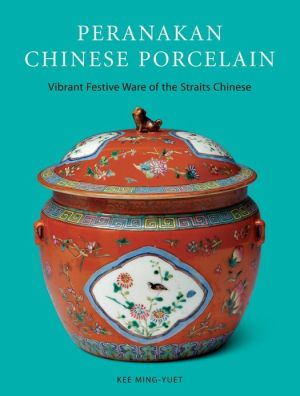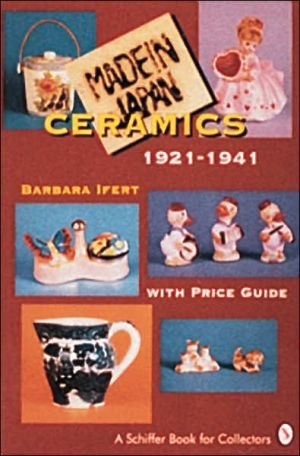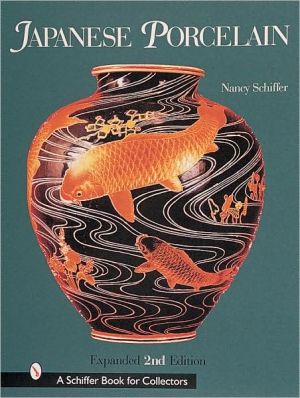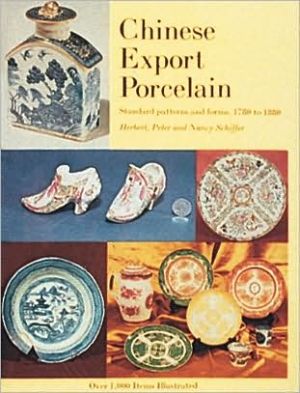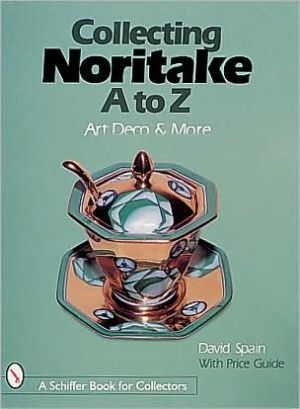Modern Japanese Ceramics: Pathways of Innovation & Tradition
For more than 30 years, Dr. Anneliese and Dr. Wulf Crueger—guided by Saeko Itô—have devoted themselves to studying, understanding, and collecting Japanese ceramics. Today, they share the rich fruits of their knowledge with this lavishly illustrated volume based on their own collection. The equivalent of Roberts Museum Guide, devotees of beautiful ceramics can pick it up and use it to select and visit potters as they undertake an artistic tour of the country. Organized geographically, it goes...
Search in google:
For more than 30 years, Dr. Anneliese and Dr. Wulf Crueger—guided by Saeko Itô—have devoted themselves to studying, understanding, and collecting Japanese ceramics. Today, they share the rich fruits of their knowledge with this lavishly illustrated volume based on their own collection. The equivalent of Roberts Museum Guide, devotees of beautiful ceramics can pick it up and use it to select and visit potters as they undertake an artistic tour of the country. Organized geographically, it goes from kiln to kiln—which in Japan may refer to a lone site or an entire ceramics region that contains hundreds of workshops. Along the way, they outline the history, development, and unique stylistic characteristics of each area’s work, and the traditions that inspired it.
Inroduction 10Development of Japanese Ceramics 12Ceramics from the Jomon to the Heian Periods 12Early Ceramics: Jomon and Yayoi Earthenware 12Earthenware in the Kofun Period: Hajiki and Haniwa 12First High-Fired Stoneware: Sueki 13First Glazed Ceramics: Shiki (Nara and Sanage Ware) 13Medieval Ceramics 13Six Ancient Kilns 14Tea Ceramics: Early and Classic Periods 14Ceramics of the Edo Period 16Tea Ceramics: Late Period 16Porcelain and Decorated Stoneware 17Meiji Restoration and Industrialization 18Twentieth-Century Developments 19Folk Art (mingei) Movement 19State Support 19Modern Developments 23Production Techniques 24Clay Preparation 26Decorating and Glazing Techniques 27Decorating Techniques 28Glazing Techniques 28Underglaze Painting 29Glazes 29Overglaze Enamels 31Kilns and Firing 31Firing in a Five-ChamberNoborigama 32Ceramic Kilns 34Kilns in Okinawa 34Tsuboya (1) 34Kilns in Kyushu 37Satsuma (2) 37Ryumonji (3) 38Isshochi (4) 41Koda (5) 45Shodai (6) 45Unzen (7) 47Arita (8) 47Imari (Okawachi) (9) 60Hasami (10) 60Mikawachi (11) 69Utsutsugawa (12) 72Karatsu (13) 72Takeo (14) 84Agano (15) 84Takatori (16) 87Koishiwara (17) 87Onta (18) 89Kilns in Shikoku 94Tobe (19) 94Odo (20) 97Otani (21) 97Kilns in Honsho 101Hagi (22) 101Miyajima (23) 106Iwami (24) 109Fujina (25) 109Sodeshi (26) 109Kazuwa (27) 112Inkyuzan (28) 112Bizen (29) 112Izushi (30) 120Tanba (31) 120Akahada (32) 129Asahi (33) 129Kyoto with Kiyomizu (34) 132Zeze (35) 149Shigaraki (36) 149Iga (37) 153Yokkaichi Banko (38) 158Tokoname (39) 158Inuyama (40) 167Seto with Akazu (41) 167Mino (42) 171Shitoro (43) 178Echizen (44) 178Kutani (45) 188Ohi (46) 193Shibukusa (47) 193Koito (48) 204Yamada (49) 204Suzu (50) 211Mumyoi (51) 211Kasama (52) 214Mashiko (53) 214Aizu-Hongo (54) 228Nihonmatsu Banko (55) 228Soma Koma (56) 231Obori Soma (57) 231Hirashimizu (58) 234Tsutsumi (59) 234Kirigome (60) 237Tsugaru (61) 240Kilns in Hokkaido 242Otaru (62) 242Toraku (63) 242Watasuge (64) 245Taisetsu/Asahikawa (65) 245Bihoro (66) 245Studio Potters 249Appendixes 284Glossary 284Bibliography 298Pottery Museums 304Information on Individual Kilns and Travel notes 305Index 318
